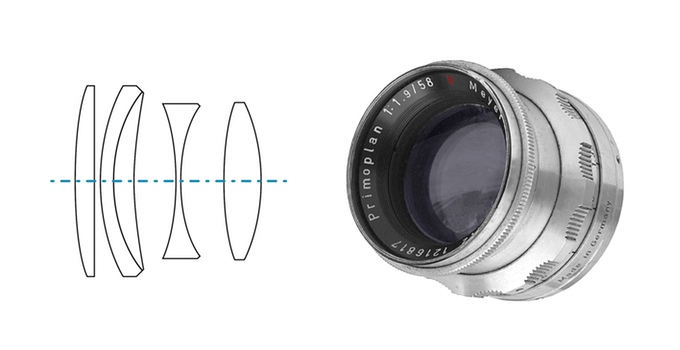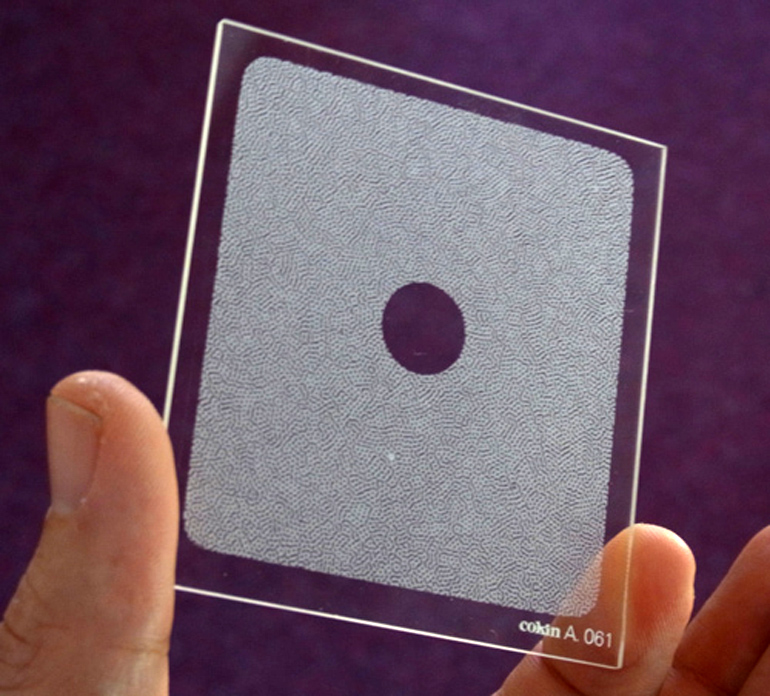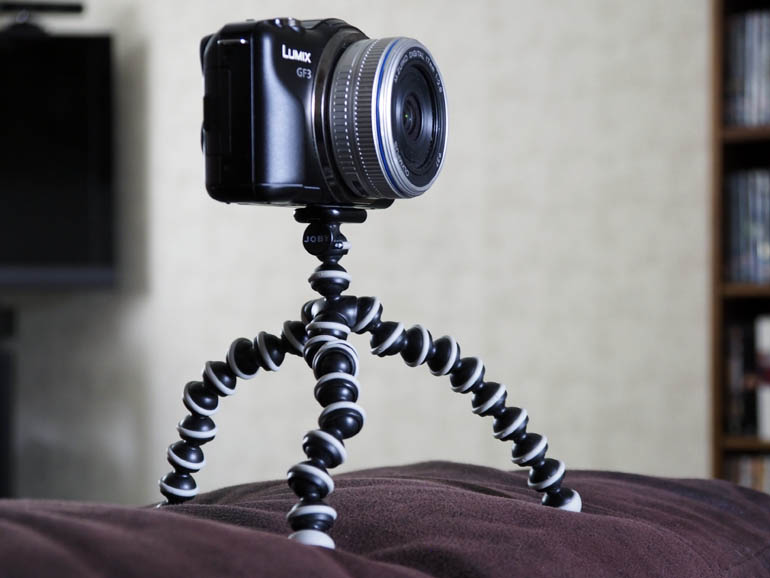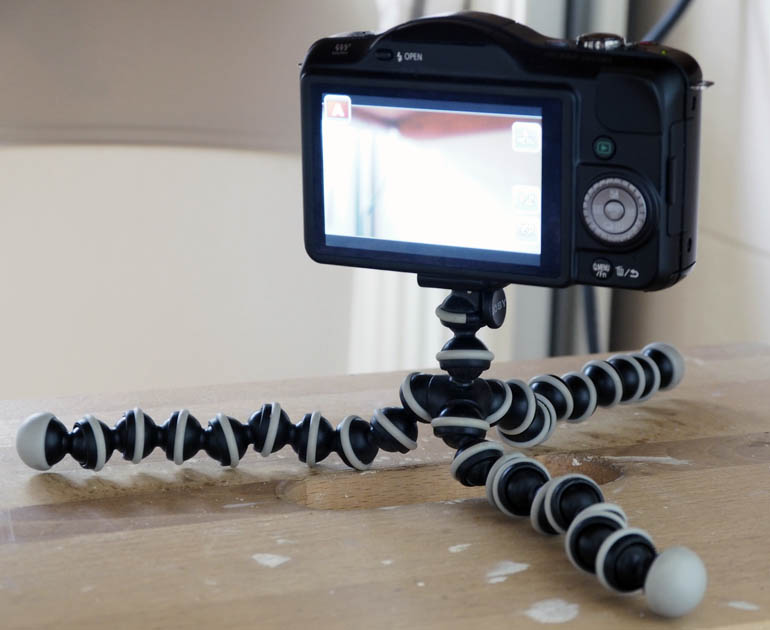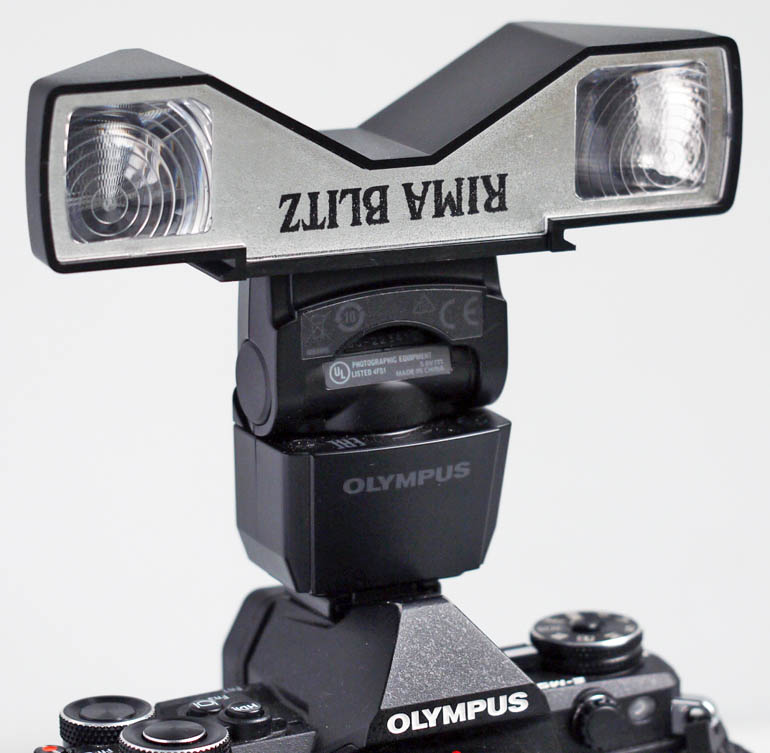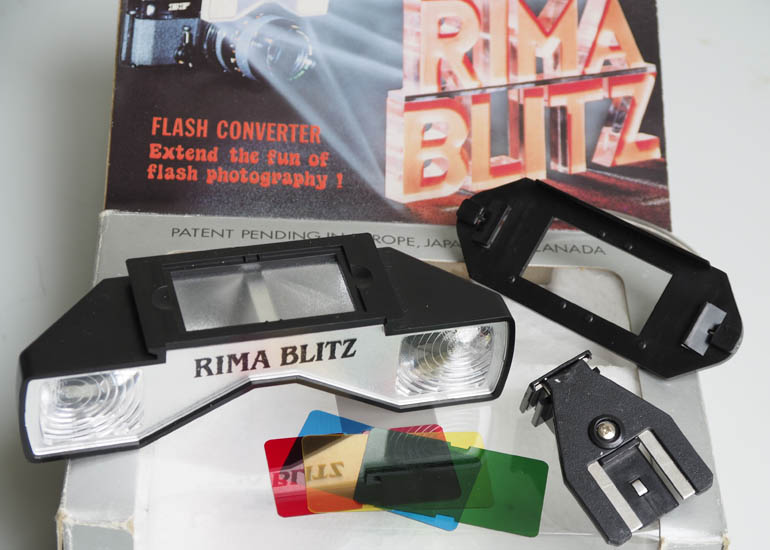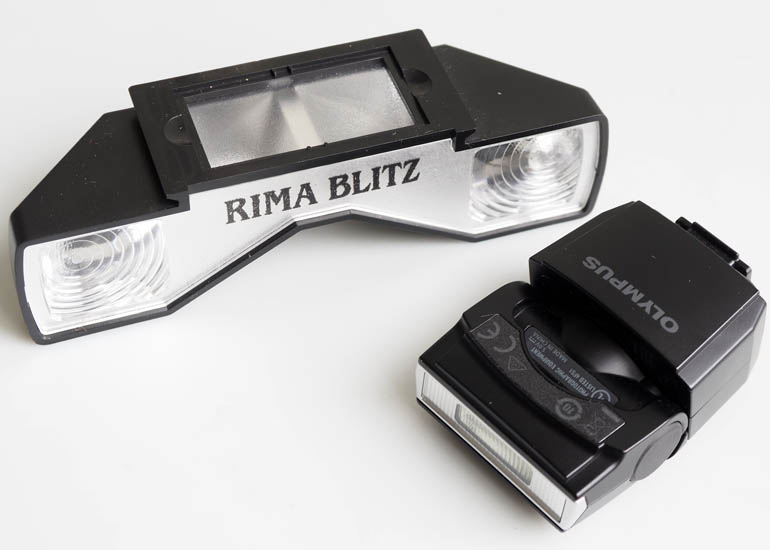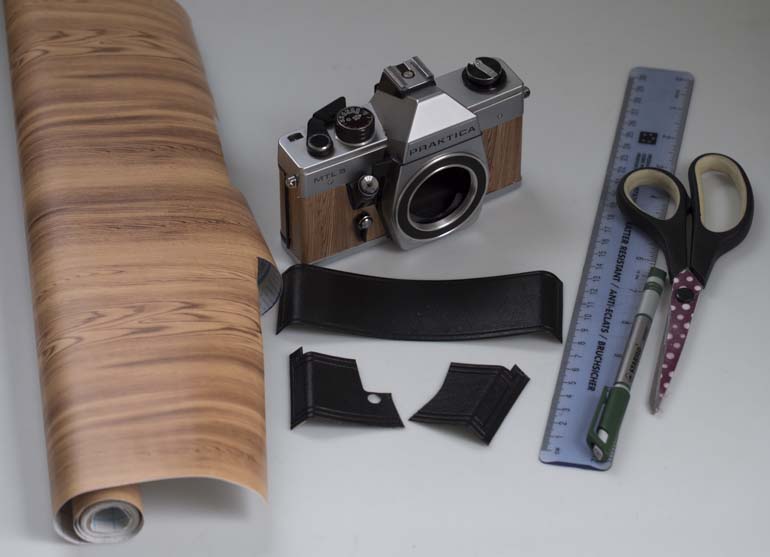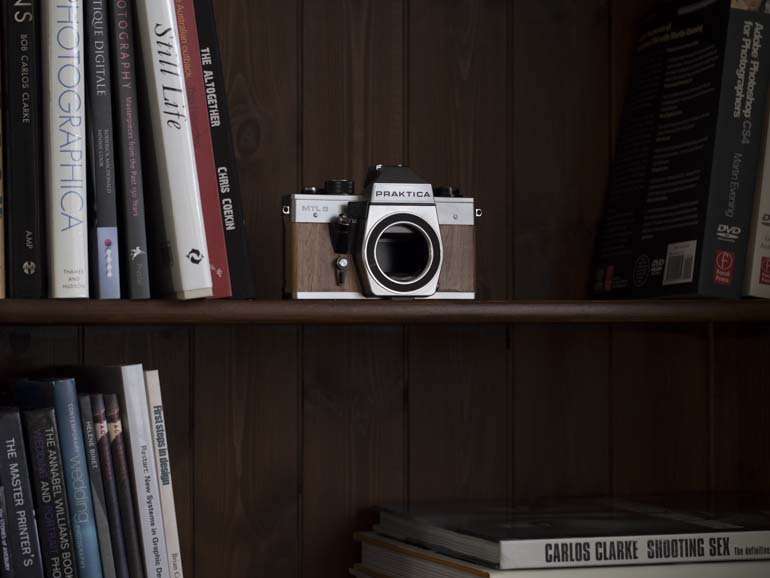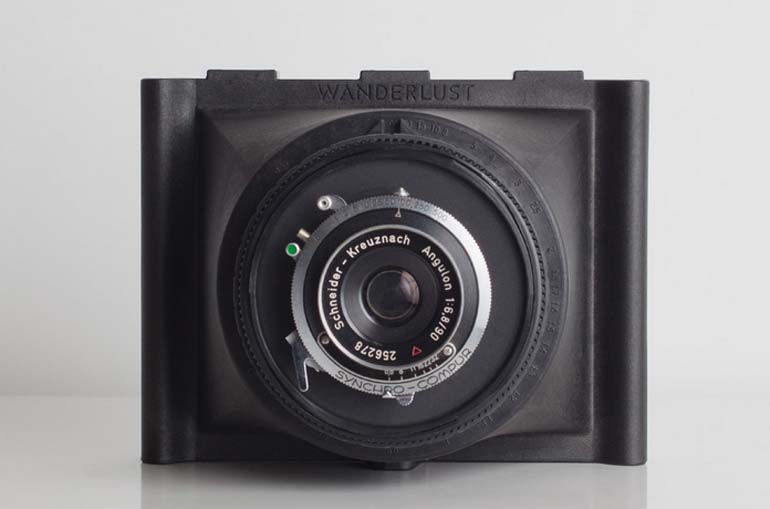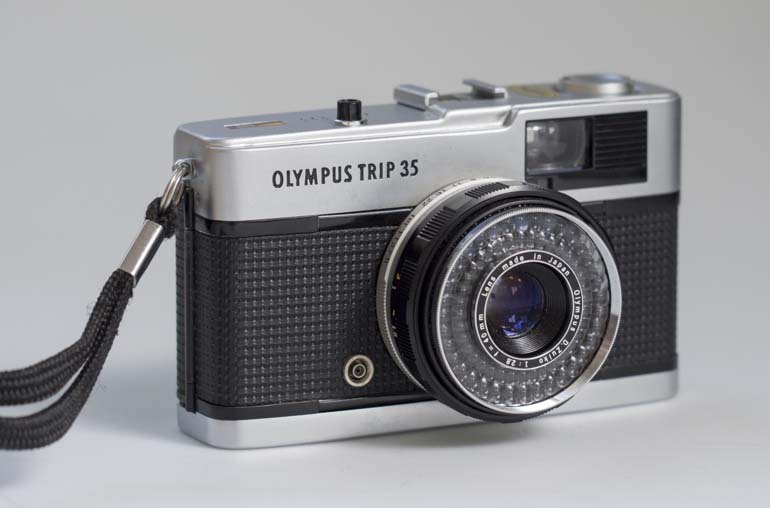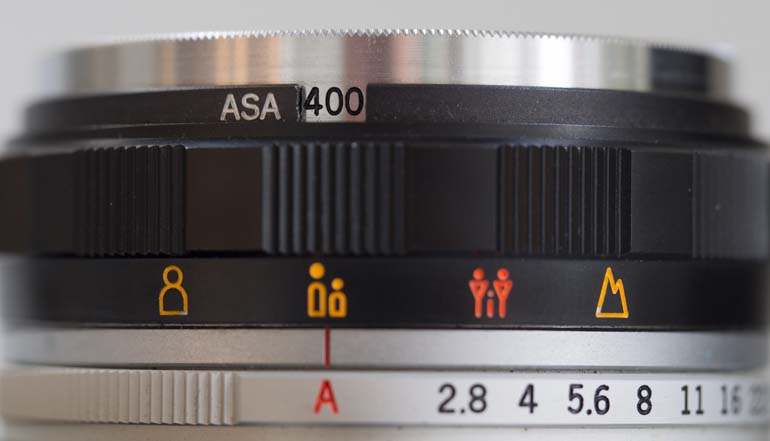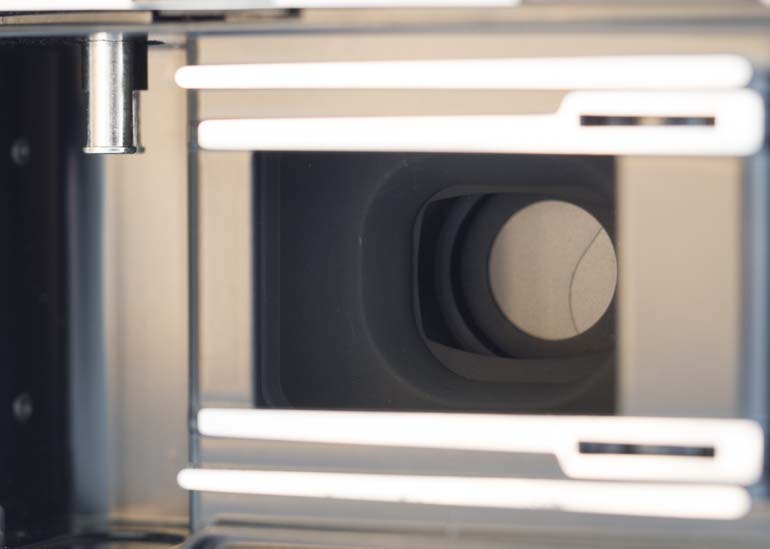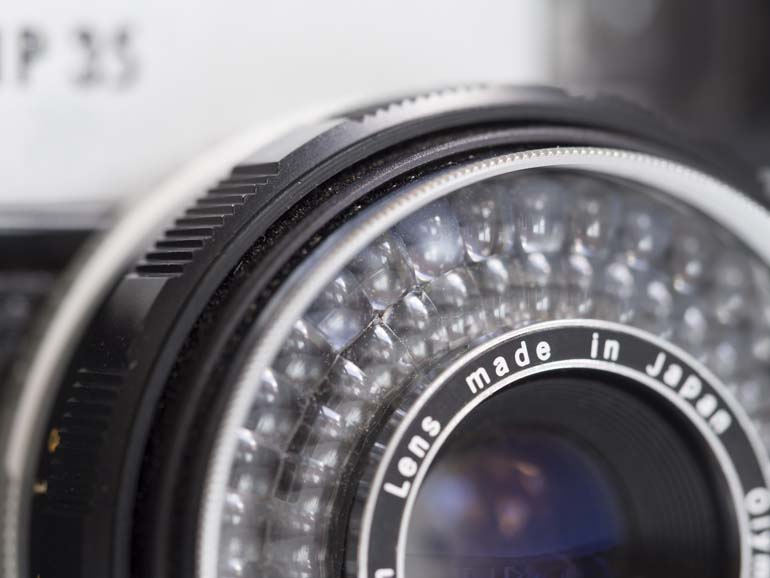Engineer Amos Dudley has merge an age-old craft with cutting-edge technology and created the world’s first fully 3D printed, interchangeable lens camera. He’s sharing the design files on Pinshape so those with 3d printers can also create the camera.
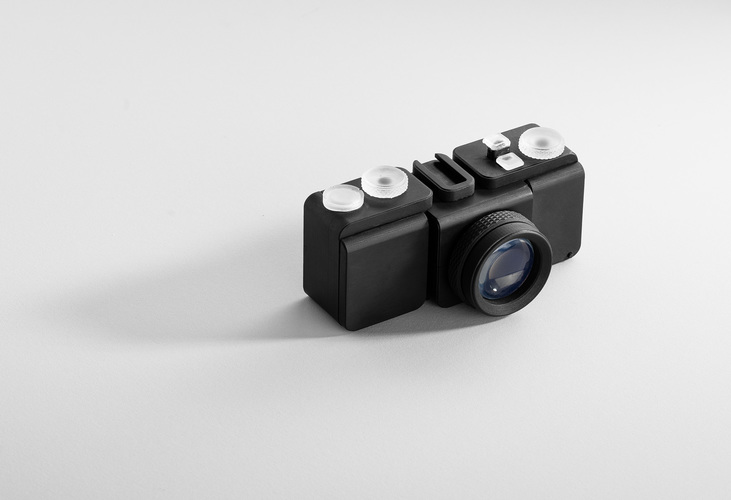
Details of how the camera was made from concept to creation are here SLO 3D printed Camera
Meyer Optik are bringing back the 80 year old Primoplan 58mm f/1.9 using Kickstarter funding. The funding has already exceeded the original 50k dollar goal by over 4x!
The lens, developed by Meyer Optik’s engineer Paul Schaefter, and originally screw thread, has the unusual ability to create different bokeh effects and is being offered in the following modern camera mounts: Canon EF, Nikon F, Sony E, Fuji X, Micro 4/3, M42, Leica M and Pentax K.
Full details of the lens and the Kickstarter campaign here: Bring back the Fabulous Wonder Bokeh Lens: Primoplan 58 f1.9
An interesting and under used filters in the Cokin range is the Incolor 061. It’s part of the spot color range, and unlike many of the other colour spot filters this one is very practical and can be used in different ways for different effects. The spot filters with colour can sometime look quite poor if not used well, whereas this one can be adjusted to give a soft focus style effect or a lovely white vignette. This makes it perfect for wedding photography or portraits.
The filter is available in Cokin’s A and P series and has a small hole in the centre. When placed in front of the camera lens the hole either appears small or large, hard edged or soft edged, depending on the lens focal length and aperture used.
To get a large soft edge you should take photos using a longer focal length (around 50-80mm is fine with this filter) and use a wider aperture. If you want a more pronounced circle, use a wider lens and a smaller aperture.
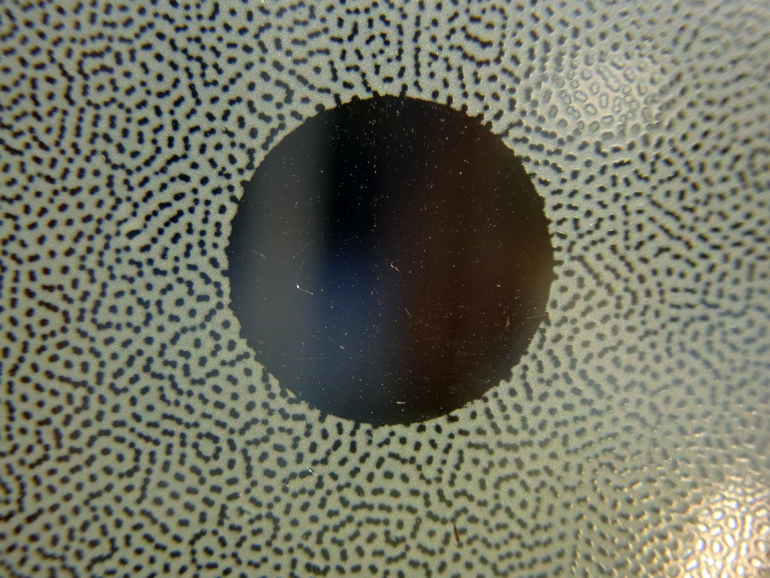
The texture on the filter can be made to look white/grey or neutral depending on how parallel it is to the ccd/film…and if light is reflecting on the rear surface.
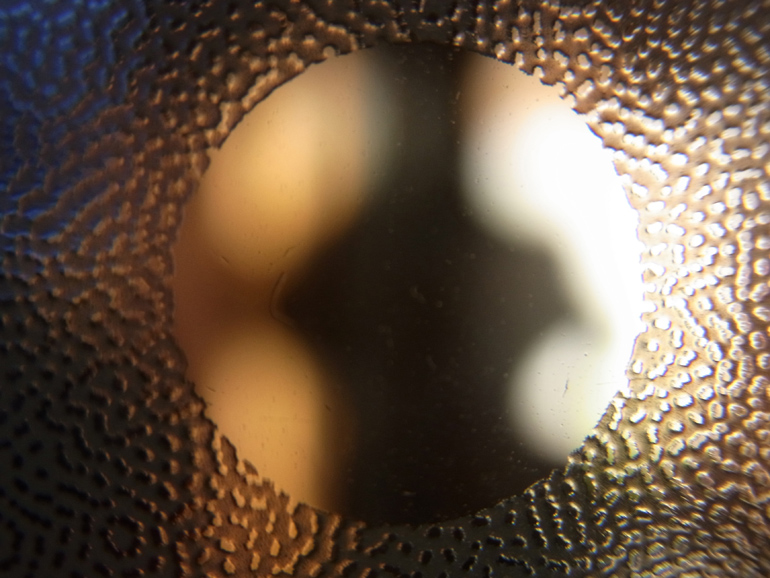 You could focus lock on the filter so the subject through the hole is blurred and the filter texture sharp. This makes interesting creative shots.
You could focus lock on the filter so the subject through the hole is blurred and the filter texture sharp. This makes interesting creative shots.
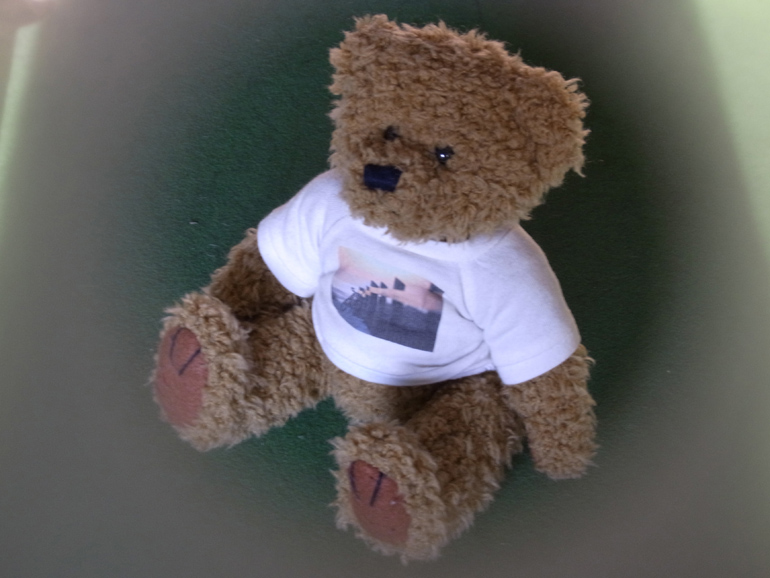 A longer lens and wider aperture was used here. Notice how soft the edge is and how neutral the filtered area is.
A longer lens and wider aperture was used here. Notice how soft the edge is and how neutral the filtered area is.
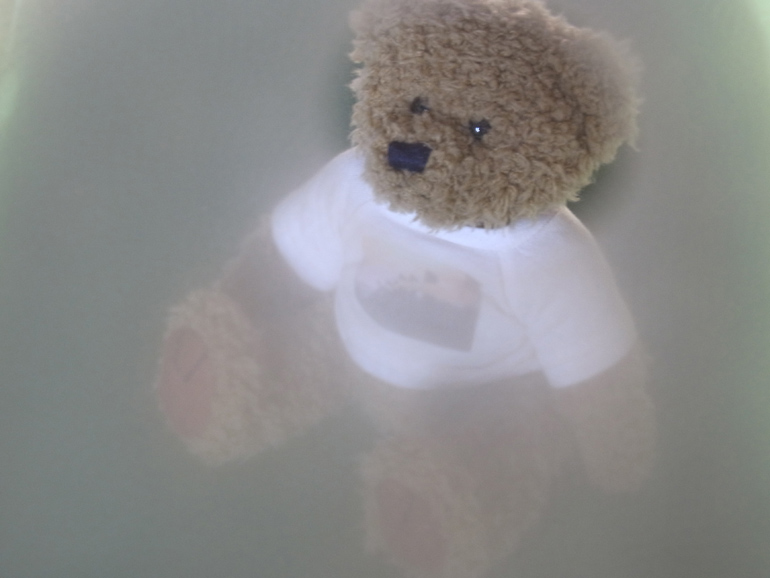 Here the filter was adjusted so the spot was on the face. You can do this if the filter is hand held in front of the camera. The filter was held further away and angled so light reflected on it.
Here the filter was adjusted so the spot was on the face. You can do this if the filter is hand held in front of the camera. The filter was held further away and angled so light reflected on it.
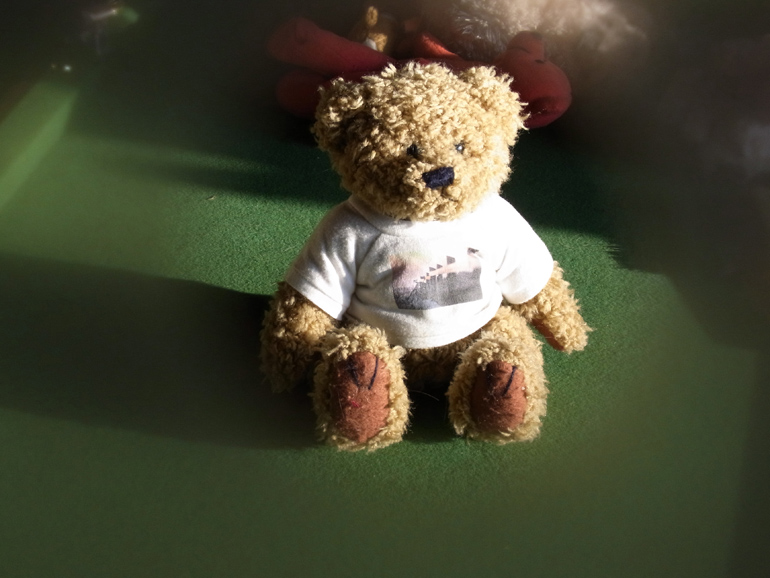 Here’s the filter being used to it’s best. Good choice of aperture and focal length gives a lovely diffused vignette.
Here’s the filter being used to it’s best. Good choice of aperture and focal length gives a lovely diffused vignette.
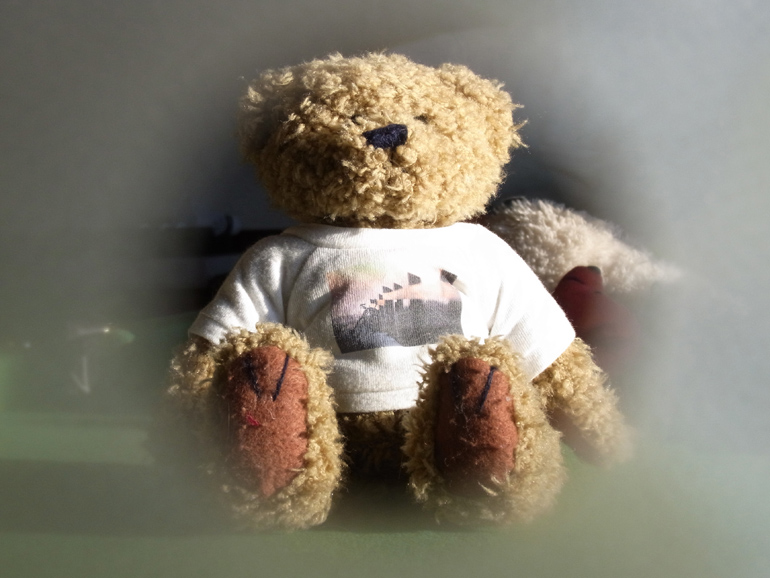 Another version with a slightly more defined effect. Using the filter like this is great for wedding photography and romantic portraits.
Another version with a slightly more defined effect. Using the filter like this is great for wedding photography and romantic portraits.
You can buy the filter here: Cokin A series 061 Spot In color Filter
Occasionally I will write about interesting gadgets to help improve photography…today I introduce the Gorillapod.
A camera support is an essential piece of kit to prevent camera shake, which would result in blurred photos. Tripods ( a large stand with three legs) are common among enthusiast photographers, but they are bulky and often heavy. So manufacturers produce small alternatives, in the form of miniature tripods, pods, clamps, beanbags, spikes etc.
The Gorillapod from Joby is a unique version of a mini tripod. Yes it has three legs and can be used in the conventional tripod way , but the Gorillapod has a unique leg design made of several stacked ball joints that bend, allowing total flexibility.
The design made from a gripping type of plastic means it’s not only good on a bench or table, but also on uneven surfaces and, thanks to the bendy legs, it can also be wrapped around a table leg, or tree branch to provide support in many versatile ways.
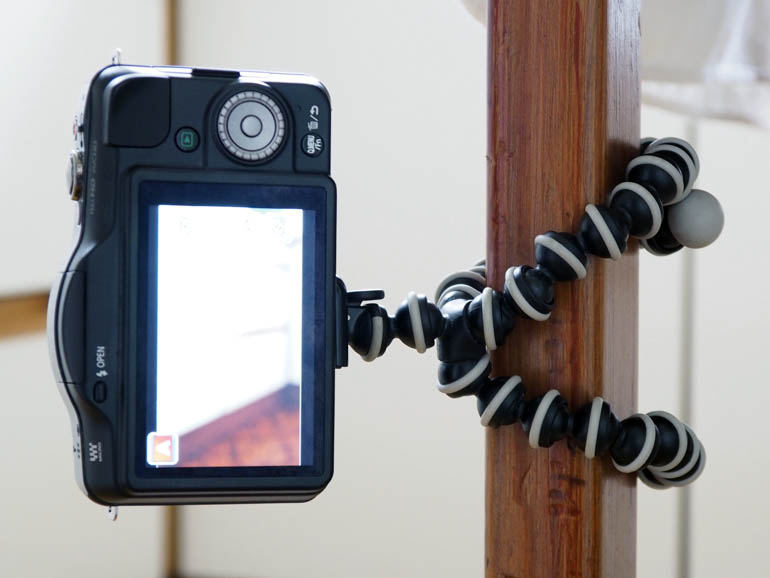
The one I’ve illustrated here is the compact model. It weighs just 45 grams so you’d hardly know you have it with you. It will support a compact digital camera or phone, but not an SLR. Joby also make larger versions for SLRs.
The small FM-LM3 slip on flash supplied with the Olympus OM-D E-M5II is a really useful addition for close up shooting, but the light can be very direct and harsh resulting in strong defined shadows.
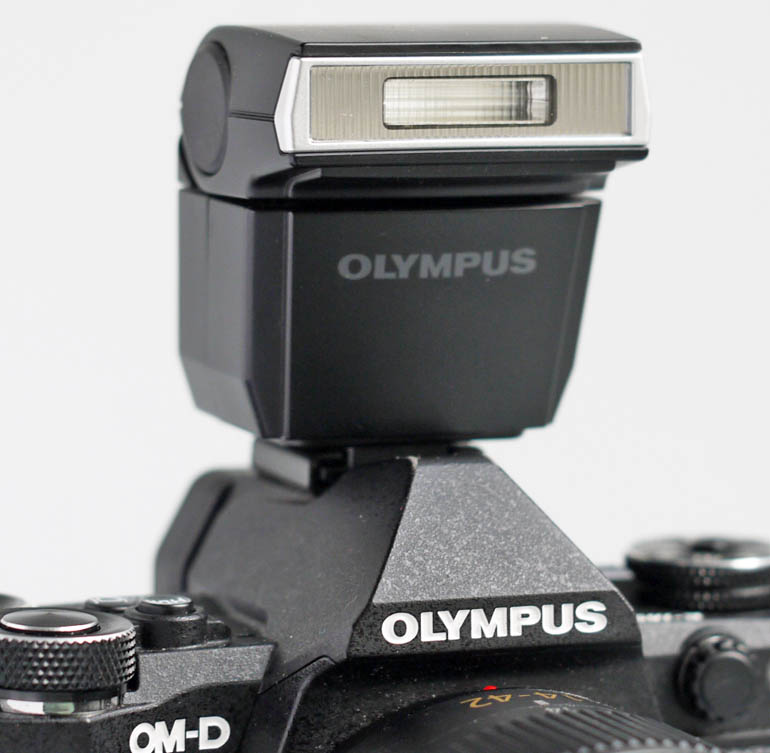
I found a way to improve it using a gadget sold in the 70s called the Rima Blitz Flash Converter.
This handy gadget was designed for use with a small flashgun mounted on a film camera, but can also be used on the Olympus FM-LM3 flashgun. It splits the flash beam into two giving a wider spread of light almost like a really expensive macro flash set up.
You can find them occasionally on eBay and they original came in a box with some colour filters, a mounting adaptor to hold the converter securely on the flash and a right angle shoe adaptor for flashguns without a bounce facility.
The mounting adaptor doesn’t work with the FM-LM3 so you need to hold the Rima Blitz converter in place unless the camera is level and then it will rest on top without need of any support.
The camera’s flash output is reduced due to the bouncing of light inside the converter but the camera’s automatic exposure system compensates for the change in flash level so photos with the Rima Blitz in place will be correctly exposed.
Here are two examples of the Rima Blitz Flash Converter in use on the Olympus OM-D E-M5II’s FL-LM3 flashgun
Straight flash without Rima Blitz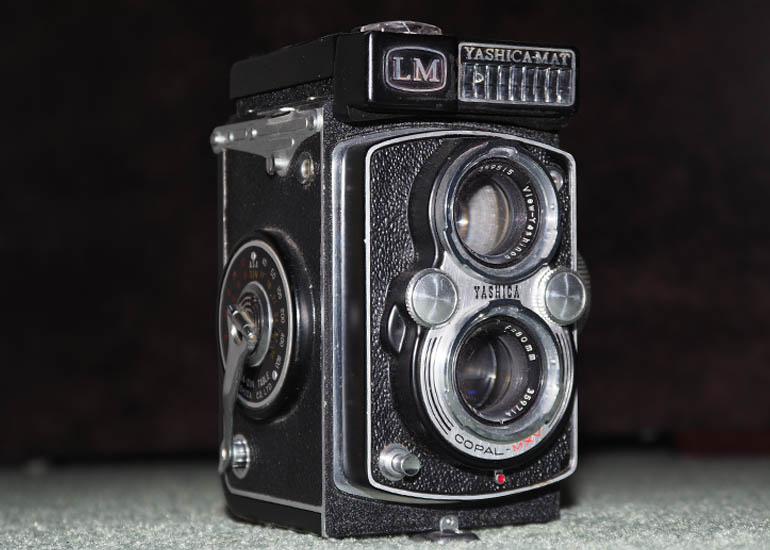
Flash with Rima Blitz attached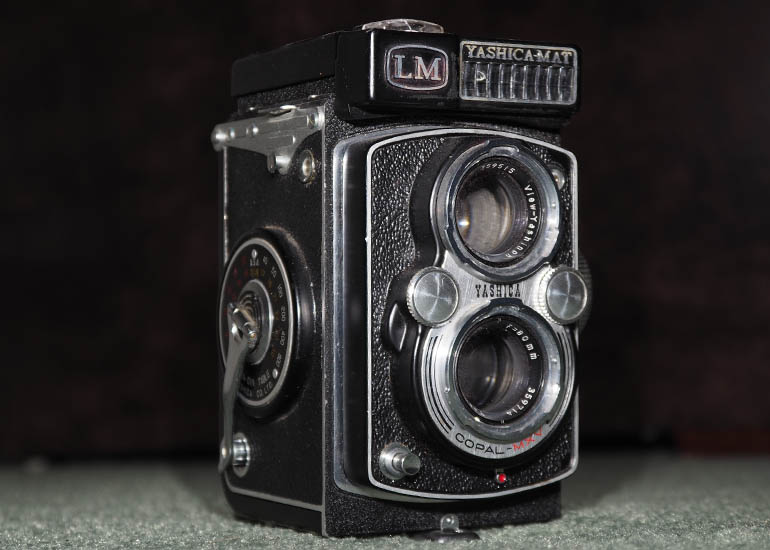
The main difference here is there’s less reflection on the camera’s silver coloured front plate and there are two soft shadows behind the camera on the surface.
Straight flash without Rima Blitz
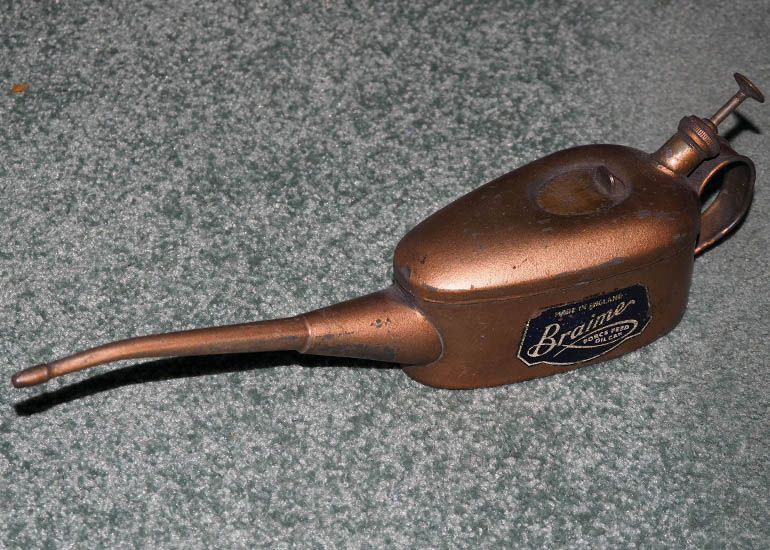
Flash with Rima Blitz attached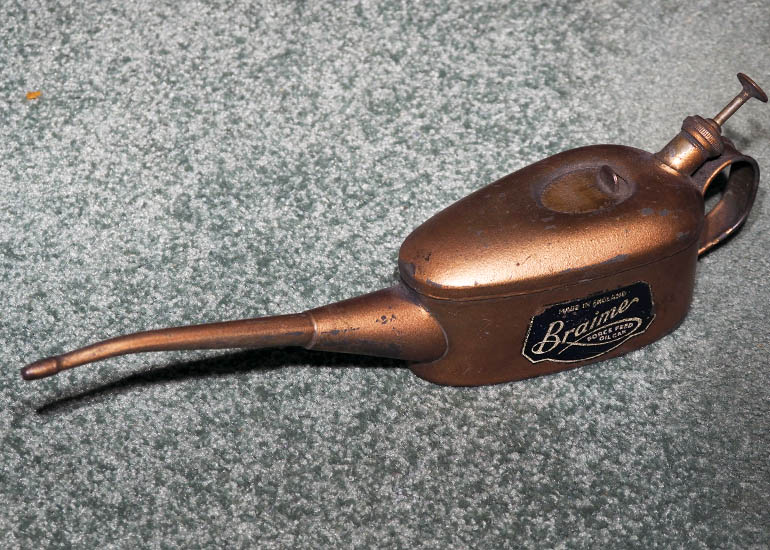 Here the shadows have lost their hard edge under the spout and plunger when the Rima Blitz is attached.
Here the shadows have lost their hard edge under the spout and plunger when the Rima Blitz is attached.
Rima Blitz Flash converter for sale here: Rima Blitz Flash Converter kit
Many of us have a need to photograph small objects for inclusion with auction posts on sites like eBay, or on shops such as Etsy, or to show your products on you own web site. There are also many who have an interest in photography of insects and other close up subjects from an artistic perspective.
Often the available light isn’t good enough in such situations so you resort to the built in flash of your DSLR, or slide the hotshoe mounted one to the camera. And that’s where you may find you have a problem.
When shooting close ups the lens is often so close to the subject that it obstructs the flash and results in a shadow of the lens cast over the subject. A ring flash is attached onto the lens. It provides a circular light that results in shadowless illumination. This is ideal for small items, and the light wraps around 3D items so you get a more even tone.
You can buy ones made by your camera’s manufacturer, but these tend to be very expensive so it’s worth looking around for an independent model, and some great older ones can be picked up for much less money. The manufacturers’ ones and some of the more expensive independents have TTL (through-the-lens) exposure so they adjust the flash output and compensate automatically for close up extensions and filters. But as most cameras used now are digital it’s easy enough to use an older manual ringflash and check the result on the LCD display.
At PhotographyAttic we have a small selection of used models and really like the Sunpak GX-8r because, unlike others, the batteries are in a separate power pack…and that means the flash unit attached to the lens is much lighter. This is an important consideration as it puts less strain on the lens mechanism. There’s a review of the Sunpak GX8r here
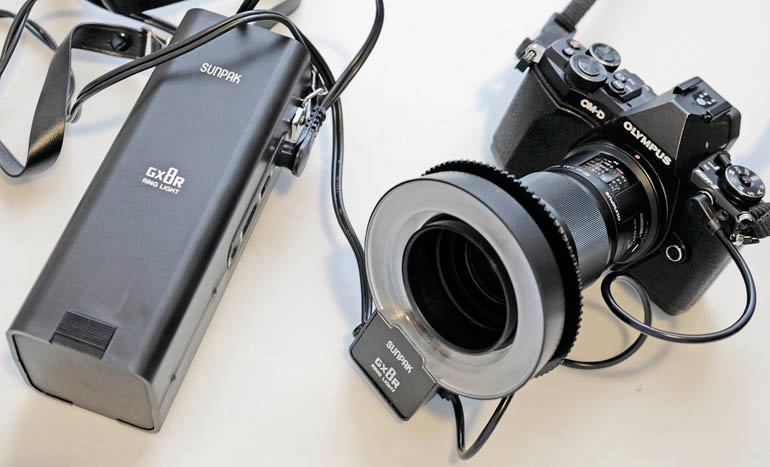
For those on a budget, check out the Centon MR20. It does have batteries in the flash, but just two AAs so its not too heavy. This flash unit was also made for the Vivitar, Starblitz and Cobra brands too. Doi also made an interesting unit for those who don’t have a flash sync socket on their camera, this one had the battery pack that slides onto the camera’s hot shoe.
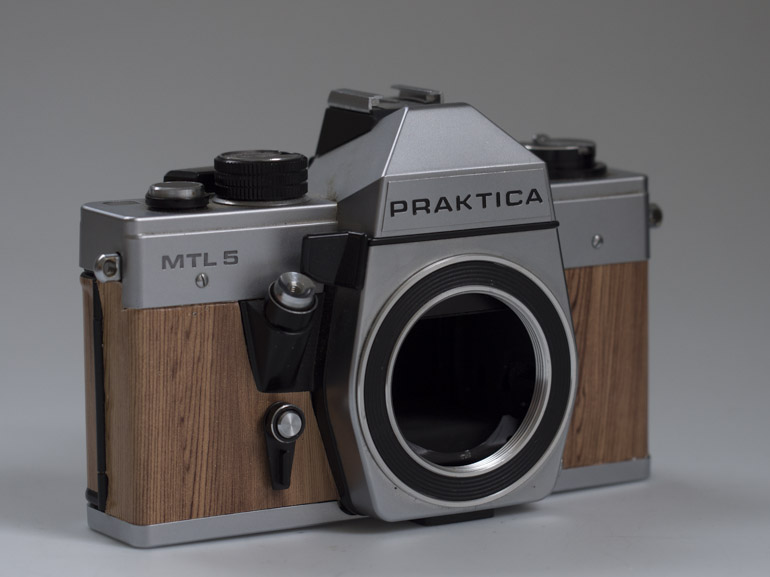 Yes you can give your old Praktica a new lease of life for just one quid.
Yes you can give your old Praktica a new lease of life for just one quid.
There’s a growing trend to replace the leather/plastic trims on vintage cameras with fancy new wood veneers, posh patterned leathers or exotic animal skins. All options cost a fair few quid and usually mean you sending off for a mail order deal.
Here’s a way to give your old camera a new look for just one pound. Those who remember Blue Peter will be familiar with sticky back plastic which was used for hundreds of DIY projects. Today high street Pound Stores are selling rolls of self adhesive patterned material for £1, and one option is this wood veneer.
All you need to do is remove the camera’s existing leather/plastic trim, use the trim as a template, cut out the new replacement from your roll, peel off the back and stick it in place. You can cover some books / furniture with the rest.
It won’t give the luxury feel of the leather products, so should not really be considered if you’re still using the camera regularly, but it does make an attractive cover if the camera is to become an ornament.
If you prefer a high quality leather version check out this great article on recovering a Praktica MTL3.
 We’ve just set up a new store on Etsy. If you prefer to buy from that website you now can. We currently only have a small selection of items for sale but this will grow over the coming months.
We’ve just set up a new store on Etsy. If you prefer to buy from that website you now can. We currently only have a small selection of items for sale but this will grow over the coming months.
Check out the store here PhotographyAttic on Etsy
The Travelwide, due for release Summer 2014, weighs just 275 grams making it lighter than a DSLR and the lightest 5×4 ever made.
It has an impact-resistant glass-filled ABS construction with a high-precision focusing screen from 0.55m to infinity using the Schneider Angulon 90mm ƒ/6.8 lens (not included).
There are three accessory shoes to mount bubble levels, rangefinders or viewfinders and a standard tripod mount.
The camera has a guide price of $149 and comes with a metal sport-finder and a Pinwide pinhole lens.
It accepts standard 5×4 film holders and Polaroid 545i holders
More info at Wanderlust Cameras
The Olympus Trip 35 is a 35mm metal bodied point & shoot compact camera that was produced from 1967 to 1984. In the 70s Olympus created an advertising campaign that featured British fashion photographer David Bailey. While famous in photography and fashion circles, he became a household name thanks to that campaign. People would say “I’m no David Bailey” when being asked about their photography.
The Trip 35 looks like a rangefinder camera but is a much simpler design. Its Zuiko 40mm f/2.8 lens has four elements in three groups and just four zone focusing settings.
The exposure system is fairly basic too. A solar-powered selenium light meter around the lens provides a program auto exposure system when the camera is set to the ‘A’ mode. No batteries are required. It automatically sets 1/40th sec or 1/200th sec shutter speed and an aperture from f/2.8 to f/22. If the light levels are too low the shutter locks and a large red warning marker pops up in the viewfinder. Turn from the A setting and you have a manual option at all aperture ranges.
The camera has a flash PC sync socket along with a hot shoe and syncs with flash at 1/40sec. There’s an ISO range, set on a dial at the front of the lens, from 25 to 400 which at the time covered all the main film options.
It’s a great camera for point and shoot photography, solidly made and considering the price a very respectable performance with a sharp Zuiko lens. There are many available on the second hand market…eBay has dozens for sale at any one time, and you can usually find them at car boot sales and second hand dealers.
There are a few things to check before buying an Olympus Trip 35
The Trip 35 had a common fault with the meter. To test this rotate the film advance winder to cock the shutter, set the camera to A and hold your hand over the lens to block out the light. If the camera is faulty the shutter will fire. If it’s ok the red warning indicator will appear in the viewfinder and the shutter button will not press down.
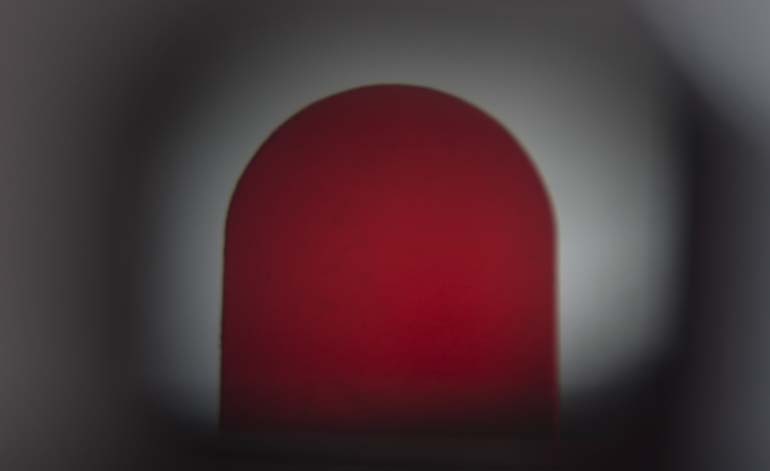
Check the lens hasn’t got fungus in it. Angle it in the light or shine a torch into the lens and look for small patches of veins on the surface of the elements.
Look at the foam light seals inside the camera film chamber. It’s not a major issue if they are crumbling, replacements can be bought, but this will put up the overall cost. 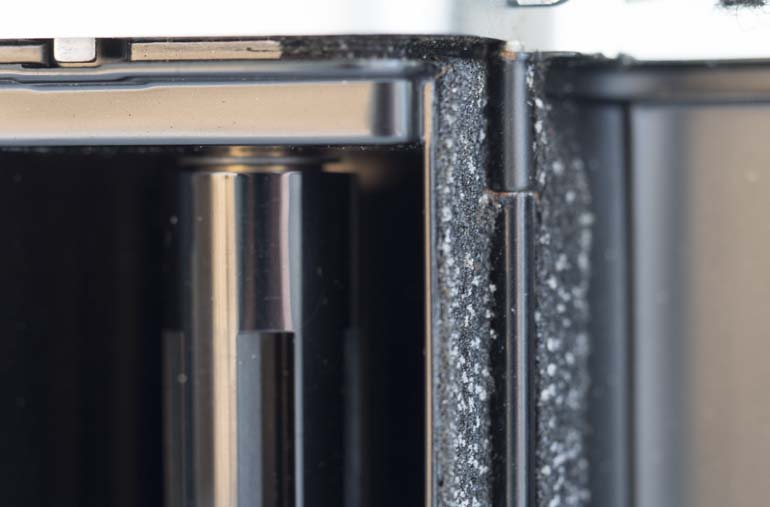
Check that the screw heads aren’t worn as that would indicate the camera has been repaired, by someone who’s less competent. Also make sure the tripod thread isn’t damaged.
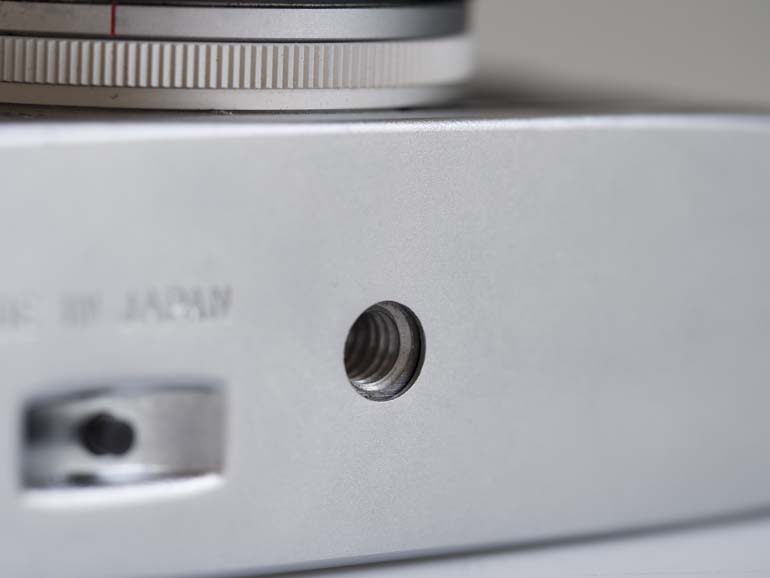
Adjust the manual aperture setting and press the shutter release down. The lens aperture should go progressively smaller as you adjust from f/2.8 to f/22.
Try a flashgun attached via the PC socket and hot shoe to test both these connections.
How much to pay for a Trip 35
You can pay anything from a couple of quid to £60 for one of these Olympus Trip 35 cameras. A typical price for a good condition one is about £30-£40. They used to sell new for a similar price. Some photographers are buying them to refurb with a new skin, replacing the black plastic trim for wood veneer, leather or snake skin. These tend to resell for the higher prices, but look gorgeous.
You can buy the Olympus Trip and other 35mm film compact cameras and SLRs from the PhotographyAttic’s Used and second hand 35mm Cameras for sale page
UPDATE 13 December 2025:
Latest Products
Blog Categories
- Buying Guides (18)
- Cameras (6)
- Events (5)
- Filters (19)
- Flash (3)
- Lenses (10)
- News (7)
- Observations (5)
- Photography Techniques (10)
- Tips (16)
- Uncategorized (2)
Latest Articles
‣ Guide to photographing the NORTHERN LIGHTS‣ Nikon AF Micro-Nikkor 70–180mm f/4.5–5.6D ED
‣ A Practical Guide to Cross-Polarisation Photography
‣ Nikon Noct-NIKKOR 58mm f/1.2
‣ Guide to the Metz Flashgun SCA Modular System
